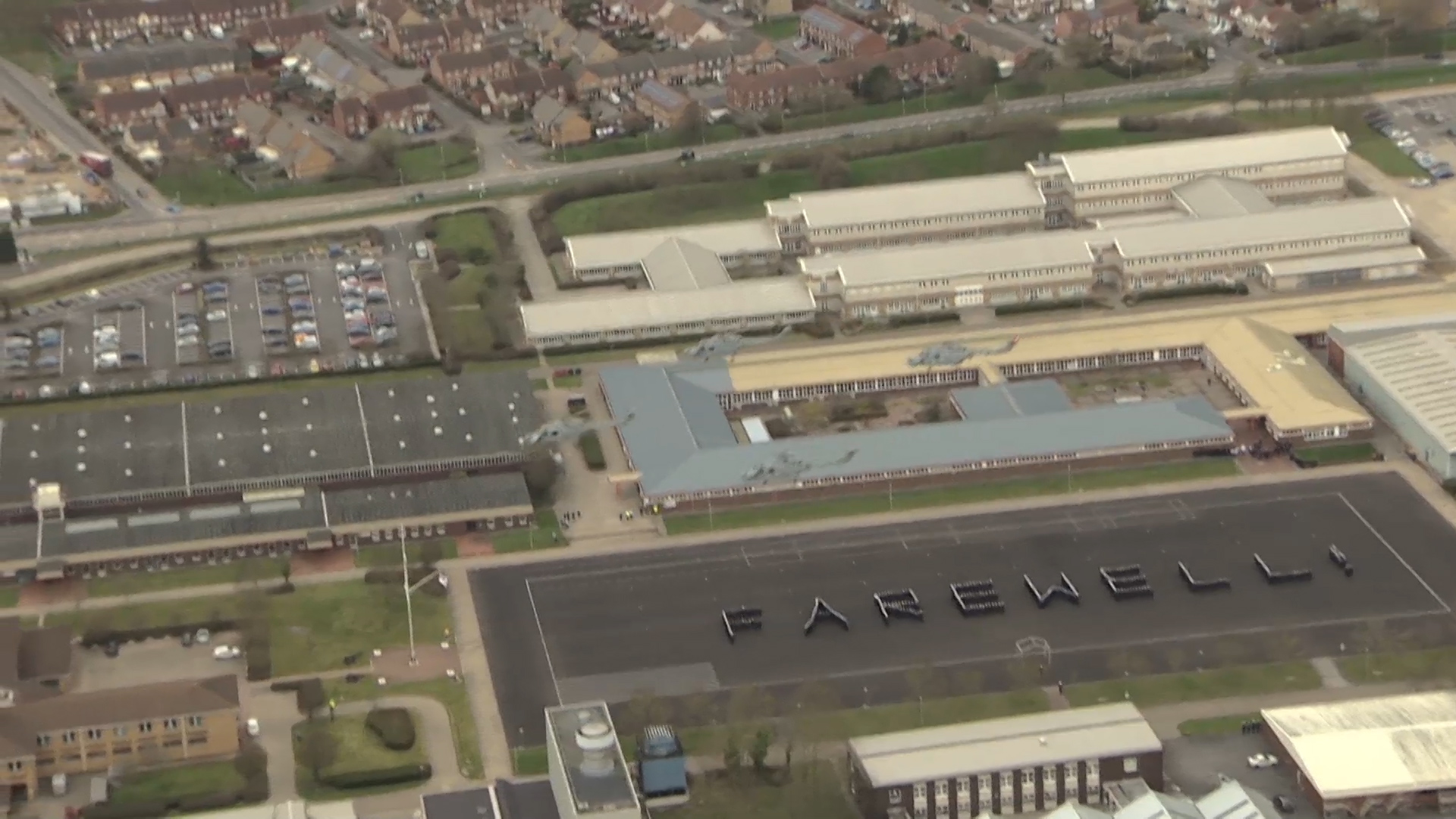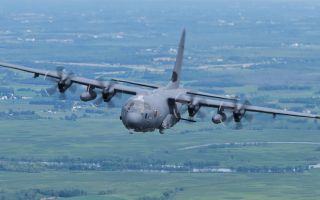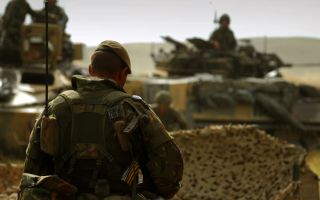We Say Goodbye To The Lynx...
The Royal Navy has said goodbye to the Lynx helicopter as she bows out of service.
After 41 years, the helicopter has now officially retired.
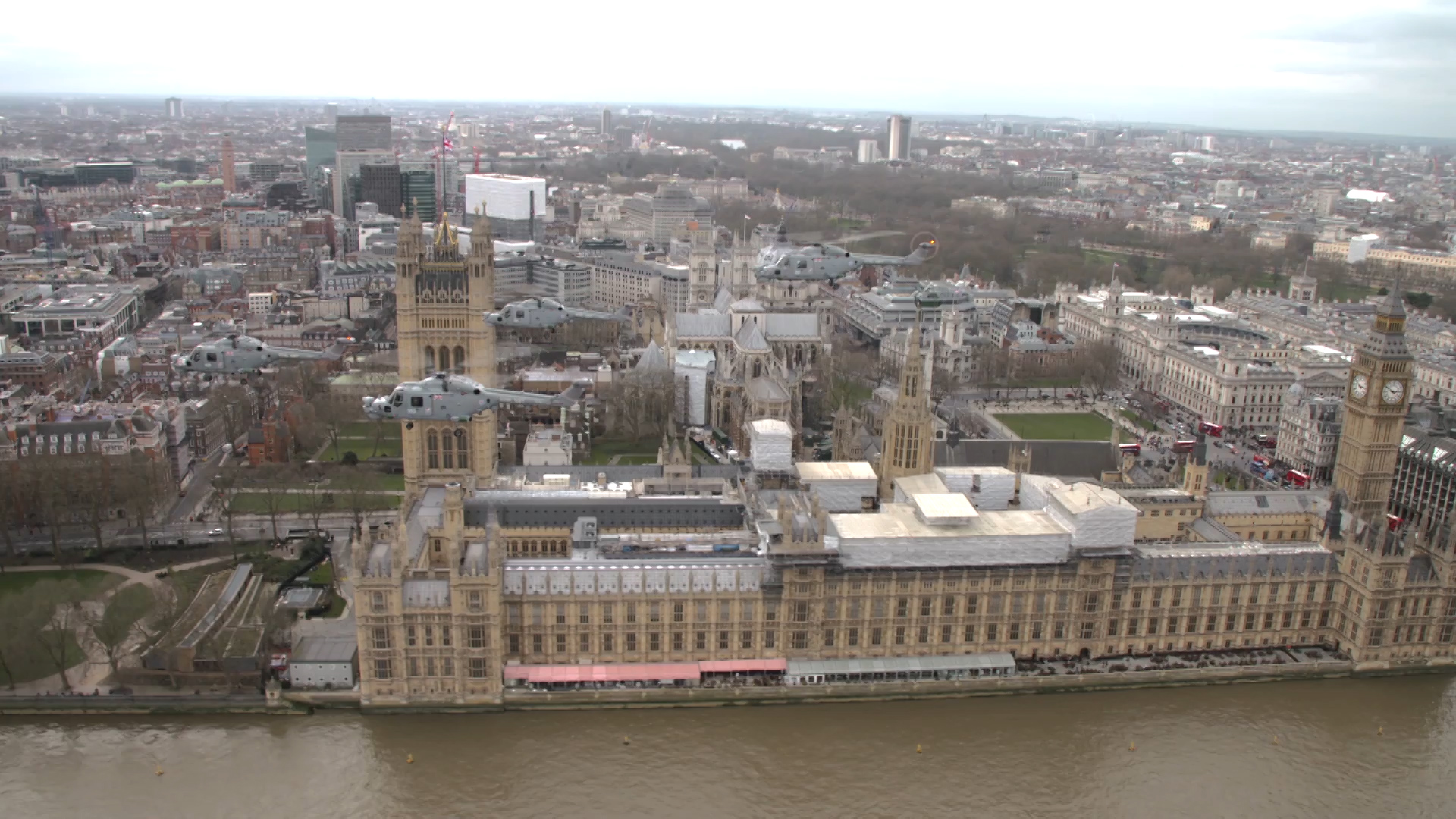
Last week thousands of people across Southern England waved goodbye to her as she took to the skies for a five-hour farewell flypast.
Several versions of the Lynx were operated by the Army Air Corps, the Royal Navy, and export versions for many other countries.
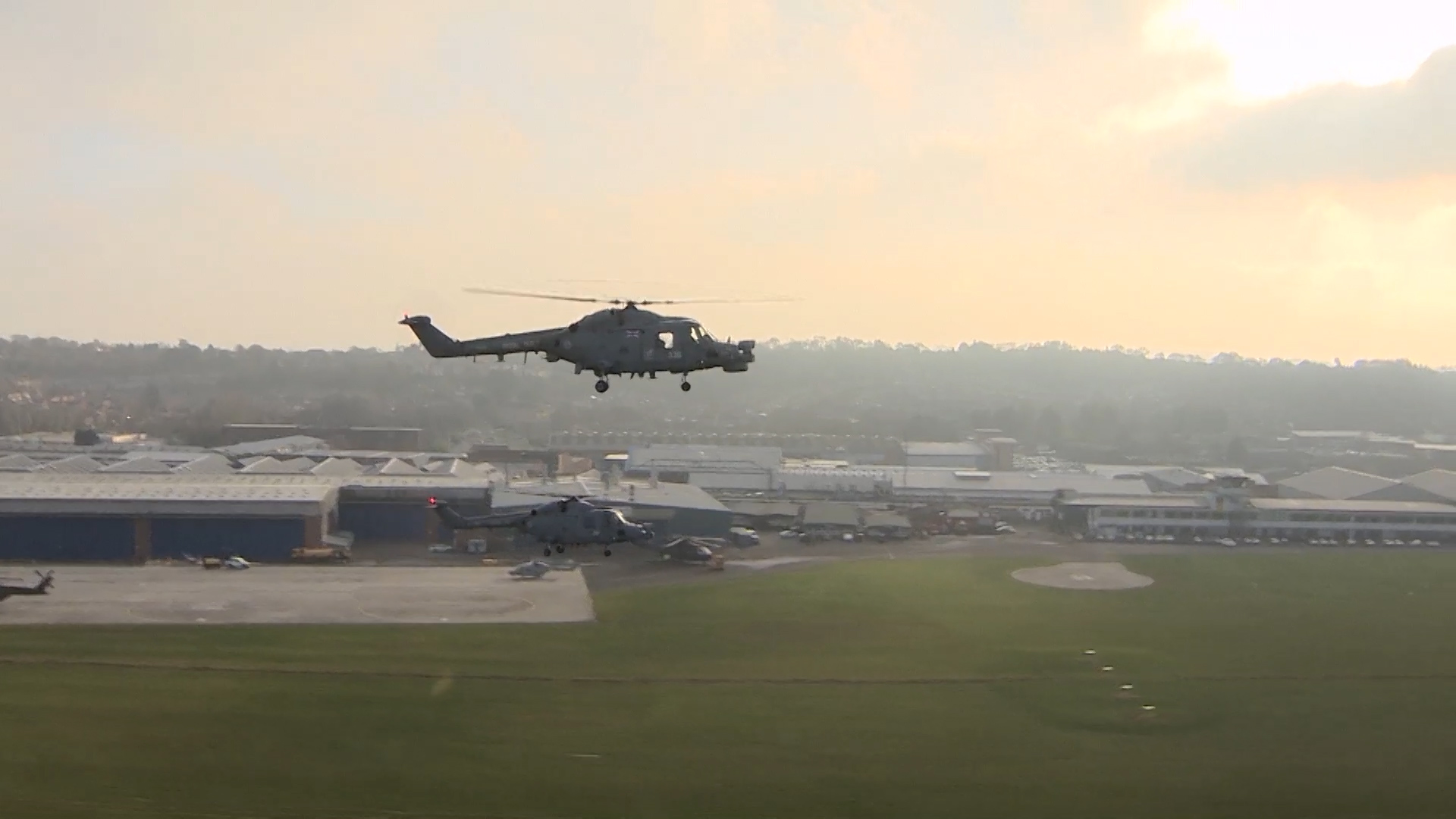
The Lynx was designed and built by Westland Helicopters.
The fast and agile airframe was the world's first fully aerobatic helicopter, it could perform loops and rolls and a specially modified Lynx set the current official airspeed record for helicopters at 400.87 km/h, in 1986.
The Royal Navy Lynx first entered service on the 1st September 1976.
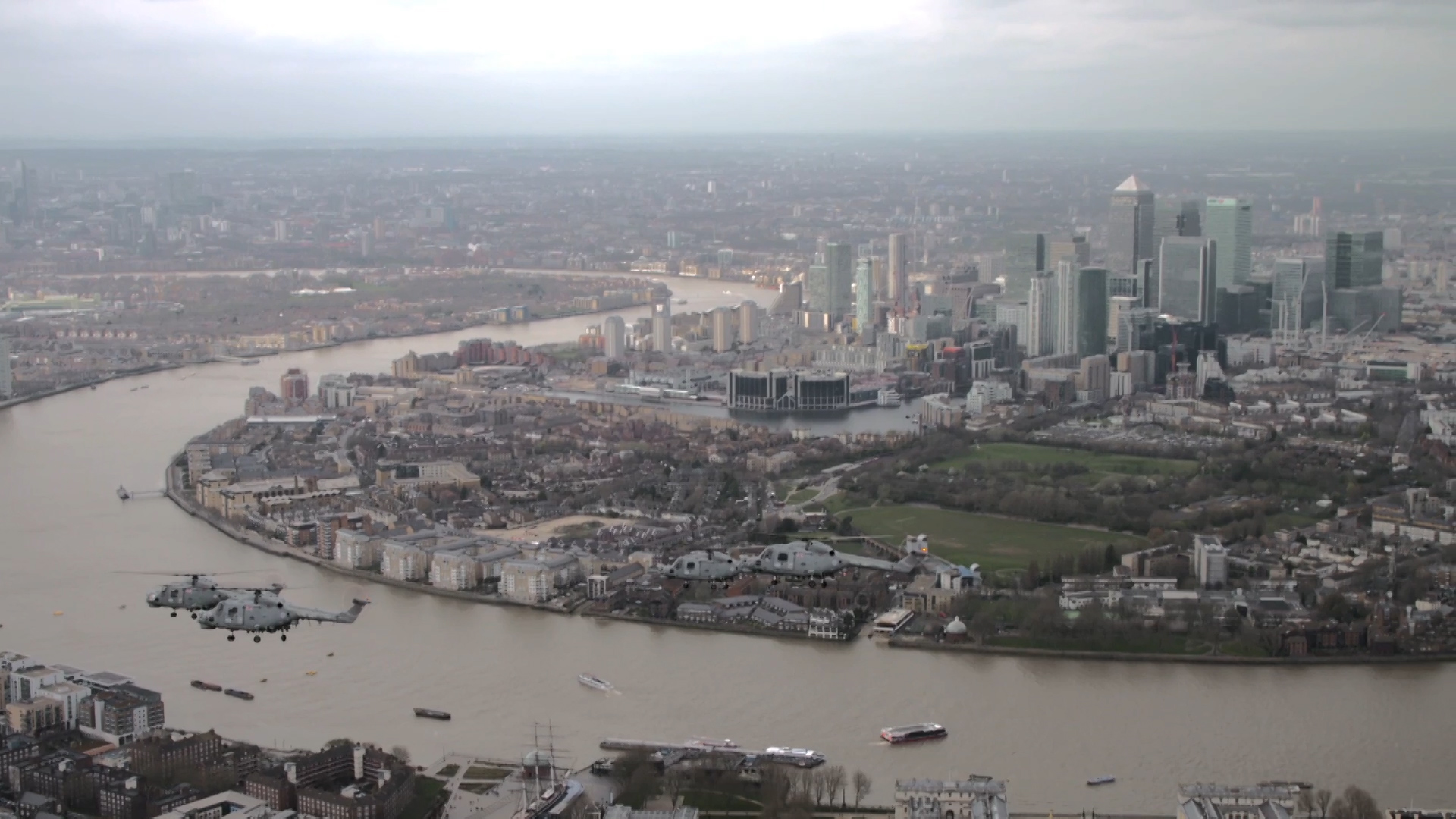
Over the years the Lynx has taken on many different models, paint schemes and has flown a combined total of 490,000 miles (that's the equivalent of approximately 46 trips from London to Sydney!).
The Lynx is being replaced by the new AgustaWestland AW159 Wildcat helicopter.

The Wildcat resembles the Royal Navy Lynx, but, has been heavily modernised with a glass cockpit, modern sensors, as well as an improved range and payload.
The Royal Navy Lynx has had a very successful military career, from withstanding the heat of the Arabian Gulf to the harsh conditions of the South Atlantic, the Royal Navy Lynx will be missed!
